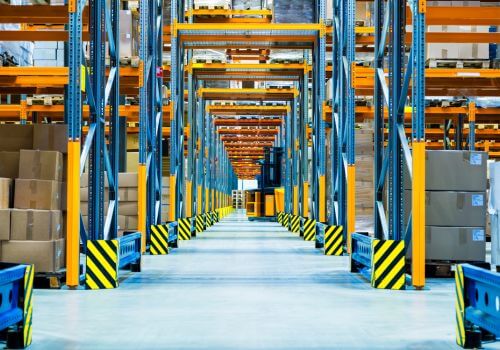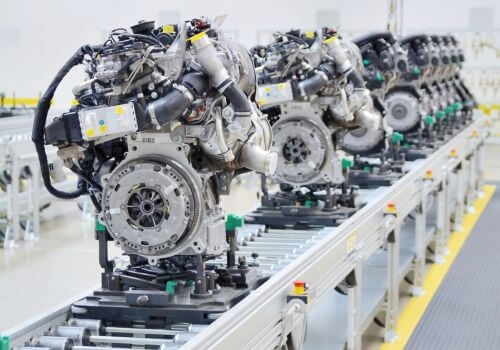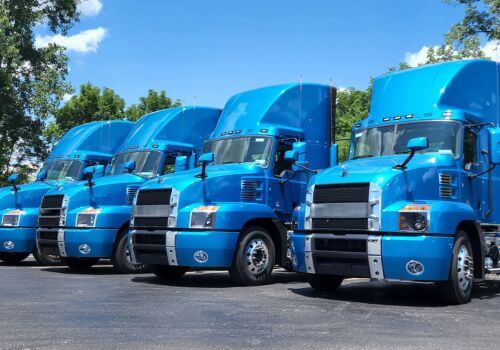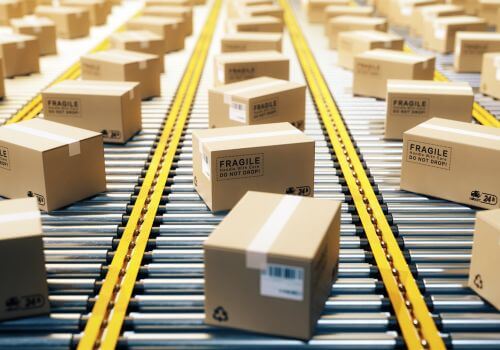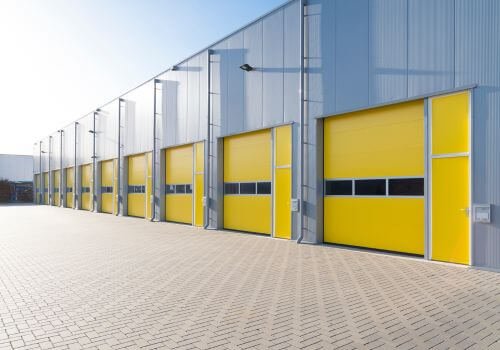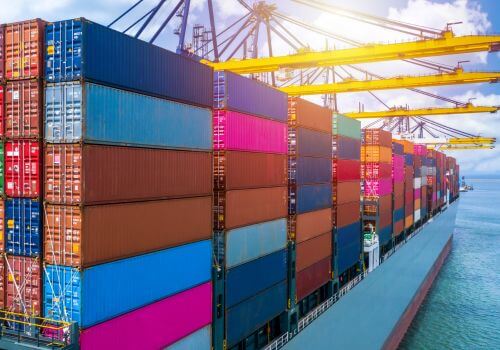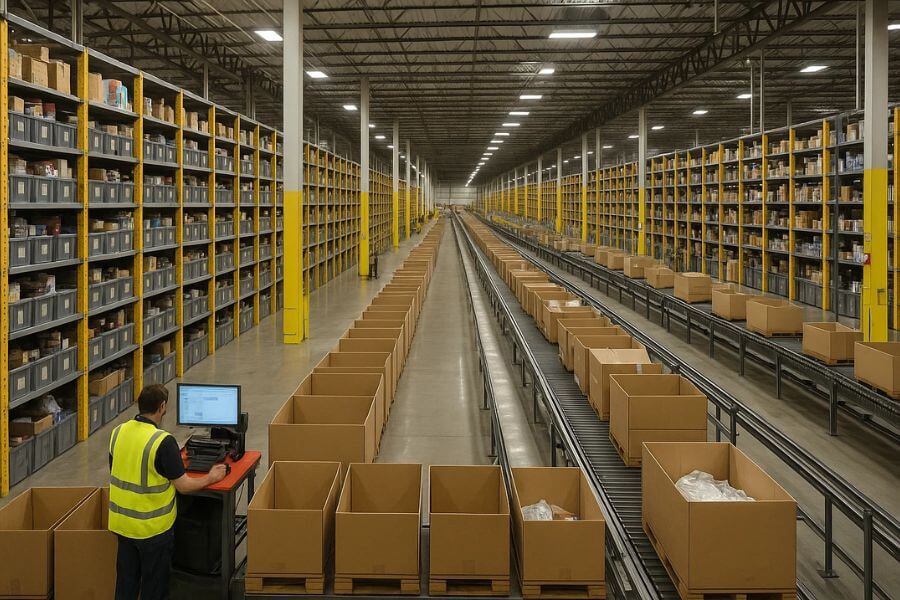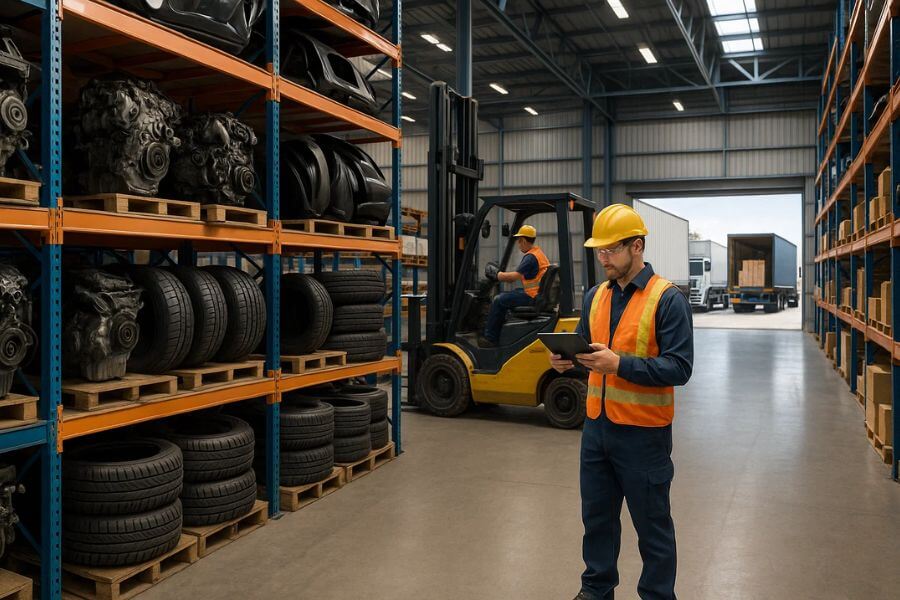Automobile manufacturers can outsource whole parts of the manufacturing process using Sequenced Parts Delivery (SPD), forming a factory that has no boundaries. The utter simulation of distribution of the outsourced component to the automotive production line is essential in this outsourcing procedure. So, it is a scheme and process for delivering component parts in a significantly random assembly series for use in constructing vehicle bodies.
Benefits of Sequenced Parts Delivery in Supply Chain
In the automotive industry, the product fulfillment process can be both expensive and complex. Many automakers prefer to kit or semi assembled parts prior to shipment, which raises prices even more.
This system is perfect when automobile producers want to expand their production line without taking up additional floor space. Due to the additional space taking the production line may be overburdened, and adding more parts seemed unlikely. Operators may get irritated with the amount of time they were wasting looking for pieces, which resulted in line interruptions. These are the situations when automotive manufacturing industries can opt for sequenced parts delivery system to make their production process more streamlined.
Hence, they need a partner, like Logos Logistics, to develop and integrate an inventory management solution that would allow them to orchestrate component deliveries and then sequence them with production schedules. To help them, is the ultimate goal of our service.
Through our understanding, comprehensive knowledge and streamlined system, our customers can now produce hundreds of new model variants without having to expand their manufacturing facility or compromise on quality. In the process of outsourcing car kitting, sub-assemblies, and sequencing services, manufacturers can:
- Save huge amount of space
- Improve the overall productivity
- Lower the freight costs hence making more profit
- Cut down on the labor costs
- Bring reduction in line stoppage
- Improve their overall quality and compliance
- Increase the kinds and variant of a product without hassle
How Sequenced Parts Delivery Works
The services of automotive kitting:
Product shipment can take a long time, particularly if assembly is necessary. By mixing multiple different parts that go to a particular “assembly station” on the automobile production line, kitting will accelerate the process well before it reaches the automaker.
Our services include:
- To facilitate production facilities, picking and packing/packaging parts is needed.
- Receiving, handling and dismantling both dunnage and cardboard material before the parts get shipped.
This not only boosts productivity but also cuts down on waste at the manufacturer’s factory.
Services for automotive subassmebly:
The product fulfillment process can be sped up by assembling components until they arrive at the manufacturers. However, the assembled component is quite huge and shipping it directly from the supplier to the plant is quite expensive.
Outsourcing the subassembly to a nearby site is the workaround. If you give us your auto parts in bulk, we’ll bring them together, load them onto a shipping rack, and deliver them to the factory.
Automotive sequencing services:
Suppliers may use automotive sequencing to supply parts to manufacturers at the right time and in the right order. Customers demanded Just-In-Time (JIT) in the correct construct series. Manufacturers may transfer parts rightly from the vehicle to the production line in the order and sequence that they are required with sequencing.
In-line vehicle sequencing (ILVS), sequenced parts delivery (SPD), and sequenced in-line supply (SILS) are all the terms used to describe the same thing. Doors, quarter panels, overhead systems, seats, wheels, windows, bumpers, exhaust system, axles, and even engines are all covered by automotive sequencing.


